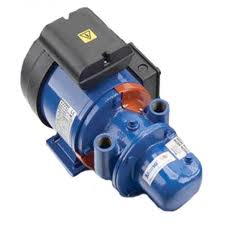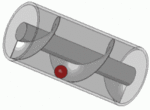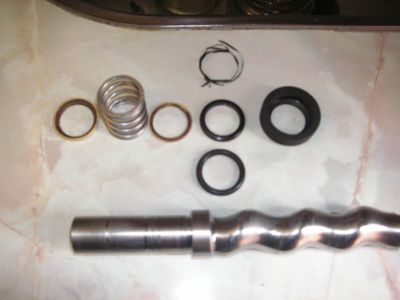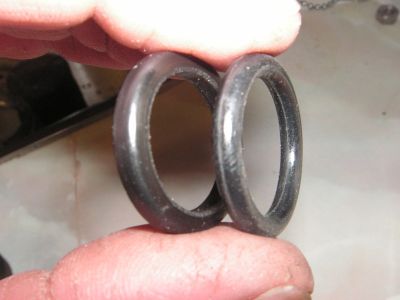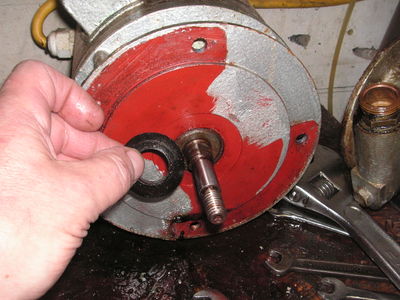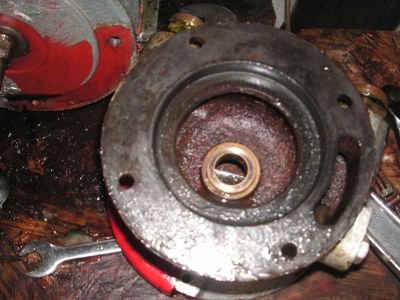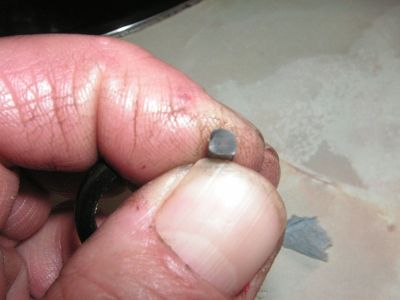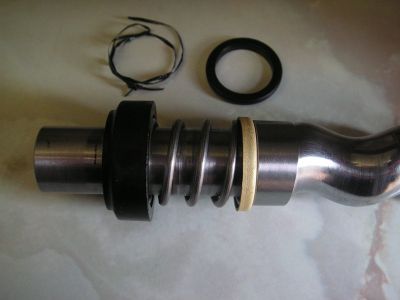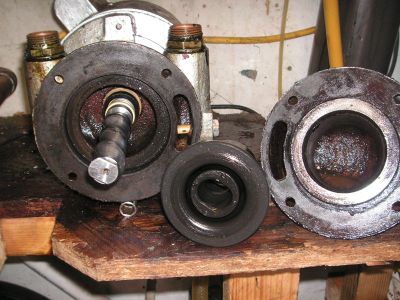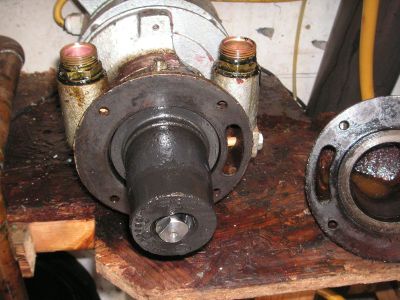Difference between revisions of "Pump - Mono MS"
| Line 17: | Line 17: | ||
<br> | <br> | ||
<br> | <br> | ||
| − | The MS pump has been in manufacture for at least 40 years and spare parts are still available. New these pumps retail at several hundred pounds but, although they don't appear frequently, they can be found second hand at reasonable prices on on line auction sites. | + | The MS pump has been in manufacture for at least 40 years and spare parts are still available. New these pumps retail at several hundred pounds but, although they don't appear frequently, they can be found second hand at reasonable prices on on-line auction sites. |
| − | The design is self priming and can be considered as a positive displacement pump. It is capable of pumping a large range of media including slurries and small entrained solids, although the latter will obviously | + | The design is self priming and can be considered as a positive displacement pump. It is capable of pumping a large range of media including slurries and small entrained solids, although the latter will obviously induce premature ware. Different stator materials are available and the writer has had a viton stator pumping bio and vegetable oil in an MS pump for nearly five years at the time of writing with no noticeable adverse effects. |
| Line 34: | Line 34: | ||
*Flow at 1450rpm ... 12.5 L/min @ 0 bar - 5.3 L/min @ 3.5 bar. | *Flow at 1450rpm ... 12.5 L/min @ 0 bar - 5.3 L/min @ 3.5 bar. | ||
| − | *Max. | + | *Max. suction head ... 8m (self priming) |
*Max operating temperature ... TBA | *Max operating temperature ... TBA | ||
| Line 56: | Line 56: | ||
<gallery caption="Mono MS mechanical seal rebuild" widths="400px" heights="300px" perrow="2" align="center"> | <gallery caption="Mono MS mechanical seal rebuild" widths="400px" heights="300px" perrow="2" align="center"> | ||
File:Mono ms2 seal parts and rotor.jpg|Components of the seal. Top is the piece of fabric that had found its way into the seal, and a new O ring beneath the components. Rotor is at the bottom. | File:Mono ms2 seal parts and rotor.jpg|Components of the seal. Top is the piece of fabric that had found its way into the seal, and a new O ring beneath the components. Rotor is at the bottom. | ||
| − | File:Mono ms3 old and new o ring.JPG|The only | + | File:Mono ms3 old and new o ring.JPG|The only noticeable damage was the profile of the O ring (it was assumed that the item was originally a circular cross section) which had adopted more of a square section. Photo shows a comparison with a new O ring. A 20mm ID and 3.5mm section O ring was found to be a suitable replacement. |
| − | File:Mono ms4 thrower ring.JPG|A rubber thrower ring is located on the | + | File:Mono ms4 thrower ring.JPG|A rubber thrower ring is located on the parallel section of the stator (once it's screwed onto the motor shaft). |
File:Mono ms5 mechanical seal static track.JPG|View showing the static, brass track of the mechanical seal located in the pump body. | File:Mono ms5 mechanical seal static track.JPG|View showing the static, brass track of the mechanical seal located in the pump body. | ||
File:Mono ms6 old o ring section.JPG|The O ring was cut to reveal just how misshapen it was. | File:Mono ms6 old o ring section.JPG|The O ring was cut to reveal just how misshapen it was. | ||
Revision as of 21:47, 10 May 2013
Mono have been manufacturing pumps since 1935. The design is what's known as a progressive cavity pump, being a single helix rotor operating within a twin helix stator. In very simplistic terms it can be thought of as being similar to an Archimedean spiral pump.
The MS pump has been in manufacture for at least 40 years and spare parts are still available. New these pumps retail at several hundred pounds but, although they don't appear frequently, they can be found second hand at reasonable prices on on-line auction sites.
The design is self priming and can be considered as a positive displacement pump. It is capable of pumping a large range of media including slurries and small entrained solids, although the latter will obviously induce premature ware. Different stator materials are available and the writer has had a viton stator pumping bio and vegetable oil in an MS pump for nearly five years at the time of writing with no noticeable adverse effects.
The pumps ability to pump viscous liquids makes it ideal for pumping WVO and semi-solid fats.
The Mono MS has the following specifications and performance:
- power(kw) ... 0.18
- Max. head ... 3.5 bar
- Flow at 1450rpm ... 12.5 L/min @ 0 bar - 5.3 L/min @ 3.5 bar.
- Max. suction head ... 8m (self priming)
- Max operating temperature ... TBA
- Inlet/Outlet connections … ¾” BSP, female
- Body material ... cast iron
- Rotor material ... stainless steel
- Stator material ... synthetic nitrile rubber (standard) but others available including viton.
- Weight ... 16kg (including motor)
Mono MS mechanical seal rebuild
The writers MS pump was found leaking so was dismantled. The problem was found to be a piece of landscaping fabric (used as a filter in the system). This seal differed from others in that there are no bellows. The static seal is made by an O ring located in the ceramic disc which seals it to the shaft.
- Mono MS mechanical seal rebuild
